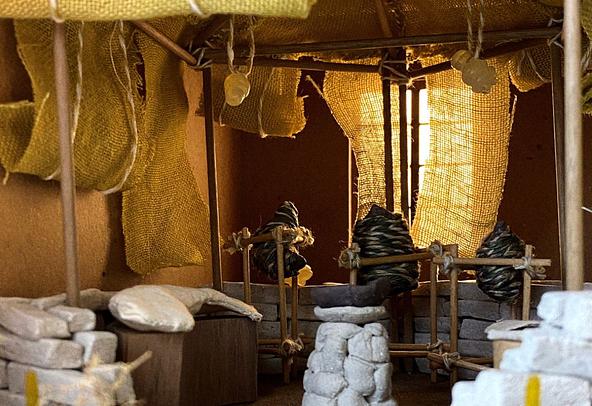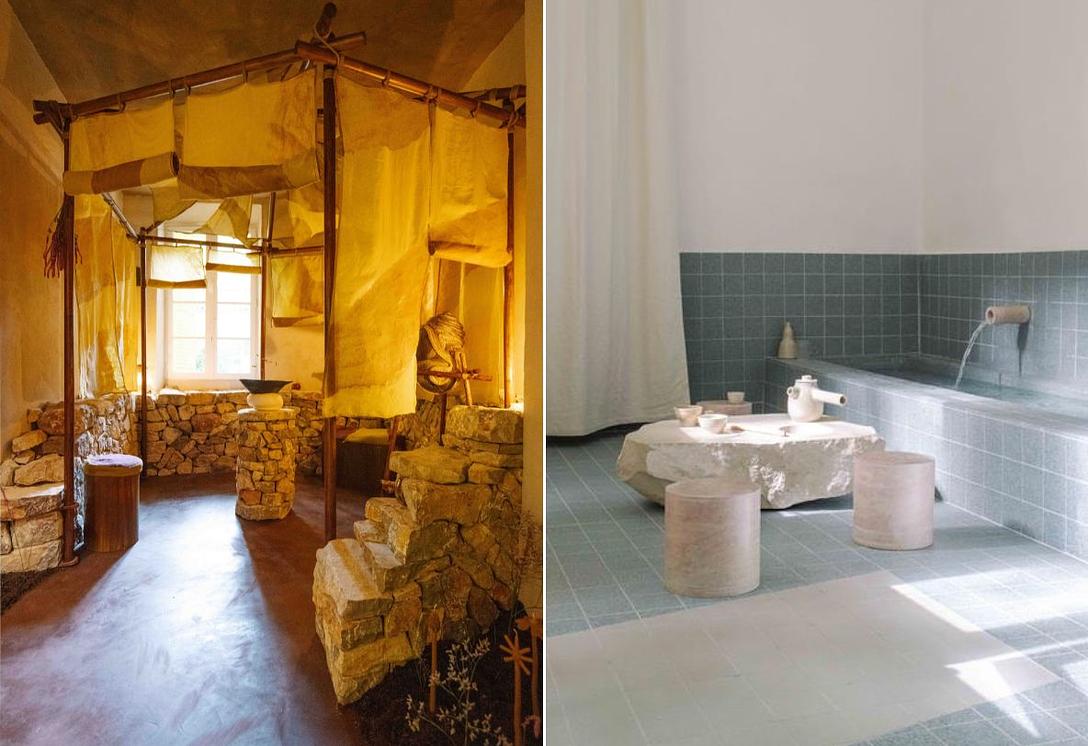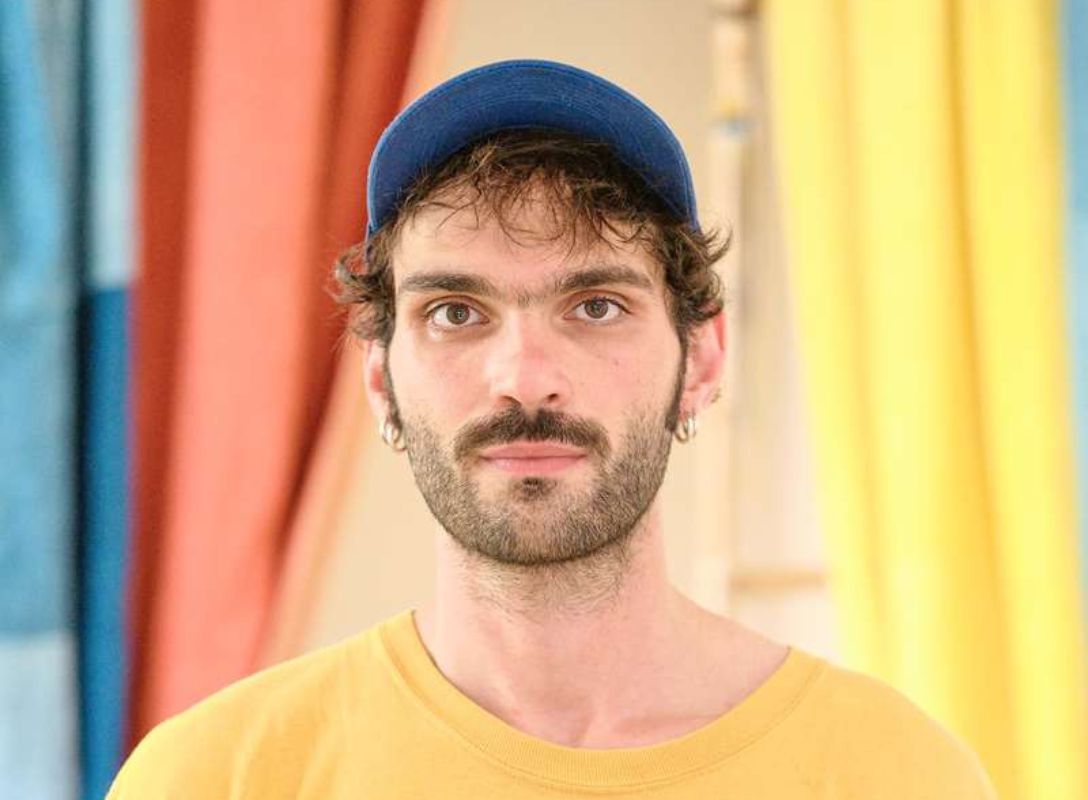June 2023: Multi award-winning linen at the Design Parade
In June 2023, linen featured prominently at the Design Parade Toulon – the 7th International Festival of Interior Design. Two designer duos and a prize winner tell us about their interest in linen.




